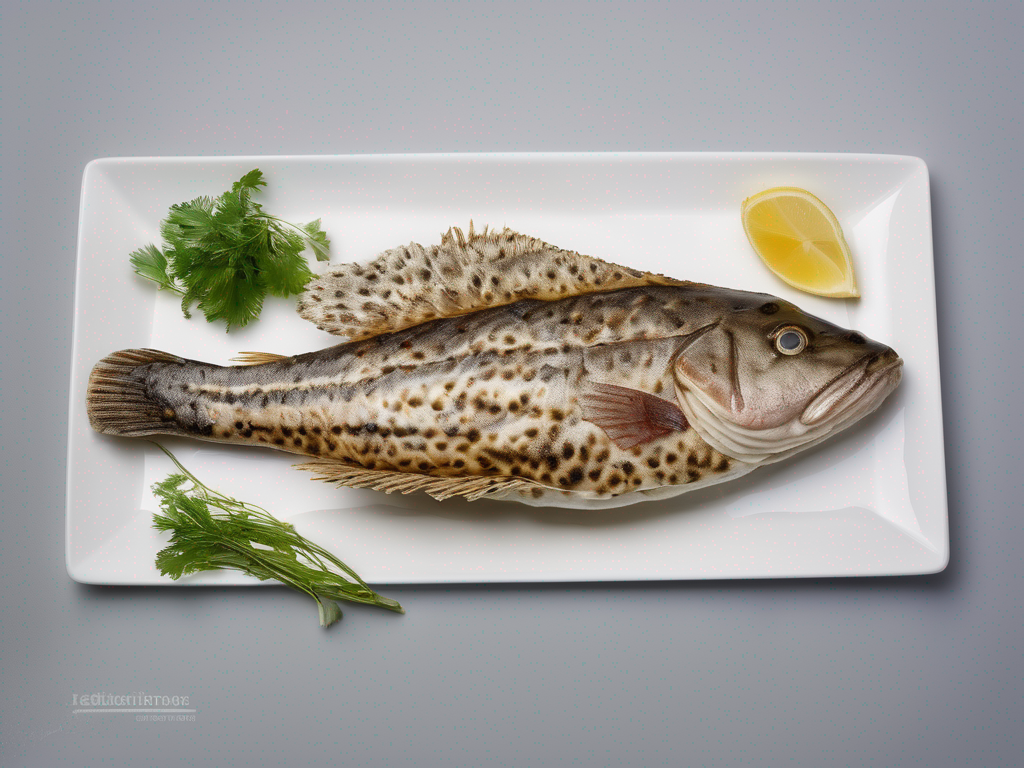
Signs that Burbot Has Gone Bad
Get Your Free Food Safety Cheat Sheet
30 most common foods with instant answers. Print it and stick it on your fridge—completely free!
Signs that Burbot Has Gone Bad
Burbot, also known as Lota lota, is a freshwater fish that is prized for its mild flavor and firm texture. However, like all seafood, burbot can spoil if not handled and stored properly. In this blog post, we will discuss the signs that burbot has gone bad, as well as provide you with practical tips on how to ensure the safety and quality of your burbot. (Burbot)
How to Tell if Burbot Has Gone Bad
When it comes to determining whether burbot has gone bad, there are several key signs to look out for. Here are some indicators that your burbot may be spoiled:
1. Foul Odor
- Fresh Burbot: Fresh burbot should have a mild, slightly sweet odor reminiscent of the sea.
- Spoiled Burbot: If your burbot smells fishy, sour, or generally unpleasant, it is likely spoiled.
2. Slimy Texture
- Fresh Burbot: Fresh burbot should have a firm and slightly slippery texture.
- Spoiled Burbot: If the burbot feels excessively slimy or sticky to the touch, it may be spoiled.
3. Discoloration
- Fresh Burbot: Fresh burbot should have a translucent appearance with a white to pale pink color.
- Spoiled Burbot: If the burbot appears discolored, such as having dark spots or a yellowish tint, it is a sign of spoilage.
4. Changes in Appearance
- Fresh Burbot: Fresh burbot should have clear, bright eyes and intact scales.
- Spoiled Burbot: If the eyes are cloudy or sunken, or if the scales are falling off, it indicates that the burbot is no longer fresh.
5. Off Taste
- Fresh Burbot: Fresh burbot should have a clean, mild flavor with a hint of sweetness.
- Spoiled Burbot: If the burbot tastes bitter, sour, or generally off, it is best to discard it.
Tips for Ensuring Burbot Safety and Quality
To prevent burbot from going bad and to ensure its safety and quality, follow these practical tips:
1. Purchase Fresh Burbot
- Buy burbot from reputable sources that maintain proper hygiene and storage practices.
2. Proper Storage
- Refrigeration: Store fresh burbot in the refrigerator at a temperature of 32°F to 38°F (0°C to 3°C) and use it within 1-2 days.
- Freezing: If you are not planning to consume the burbot immediately, freeze it at 0°F (-18°C) or below for up to 3-6 months.
3. Thawing Safely
- Thaw frozen burbot in the refrigerator overnight or under cold running water. Do not thaw burbot at room temperature to prevent bacterial growth.
4. Cook Thoroughly
- Ensure that burbot is cooked to an internal temperature of 145°F (63°C) to kill any bacteria and parasites.
5. Proper Handling
- Wash hands, utensils, and surfaces thoroughly before and after handling burbot to prevent cross-contamination.
Conclusion
In conclusion, it is essential to be able to recognize the signs that burbot has gone bad to avoid consuming spoiled seafood. By following proper storage, handling, and cooking practices, you can enjoy fresh and safe burbot dishes. Remember to trust your senses and prioritize food safety when it comes to seafood consumption. By being vigilant and proactive, you can ensure that your burbot dishes are not only delicious but also safe for consumption.
For more information on burbot and other seafood options, visit our burbot page. (Burbot)

Authoritative Food Safety References
These agencies and university labs inform every tip and health precaution we publish.
USDA FoodKeeper – Cold Storage Guidelines
Official refrigerator, freezer, and pantry timelines maintained by the U.S. Department of Agriculture.
Visit USDA FoodKeeperFDA Produce Safety Rule & Grower Guidance
Field-to-fridge handling practices that prevent contamination of fruits, vegetables, and leafy greens.
Visit FDA Produce SafetyCDC Foodborne Illness Prevention Hub
Surveillance-backed guidance on pathogens, symptoms, and steps to reduce foodborne illness risk.
Visit CDC Food SafetyUC Davis Postharvest Technology Center
University research detailing optimal storage atmospheres for produce after harvest.
Visit UC Davis PostharvestPenn State Extension – Home Food Preservation & Safety
Peer-reviewed extension bulletins on safe canning, chilling, and reheating practices.
Visit Penn State ExtensionWhat are the signs that burbot has gone bad?
How long does burbot last in the fridge before it goes bad?
Can I eat burbot that has been frozen and thawed?
How can I prevent burbot from spoiling quickly?
Is it safe to eat burbot that smells fishy?
Get Your Free Food Safety Cheat Sheet
30 most common foods with instant answers. Print it and stick it on your fridge—completely free! Want more? Upgrade to the complete guide with 70+ foods.
Scan your food directly and get instant safety info using our AI-powered camera feature.